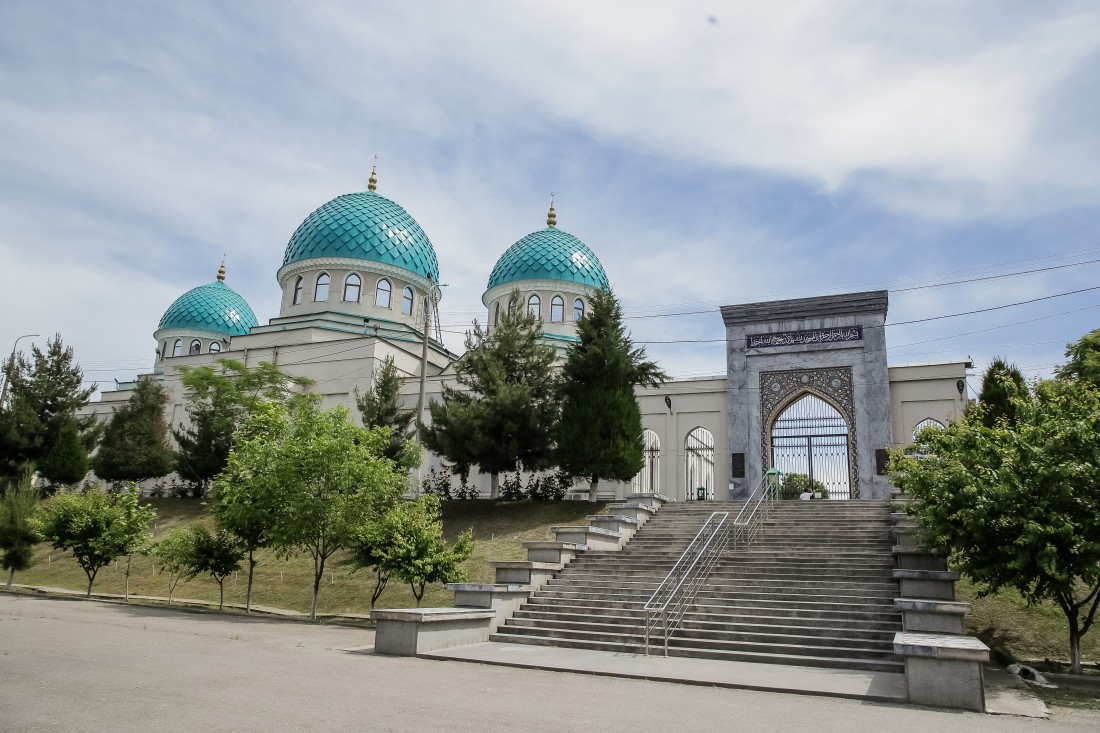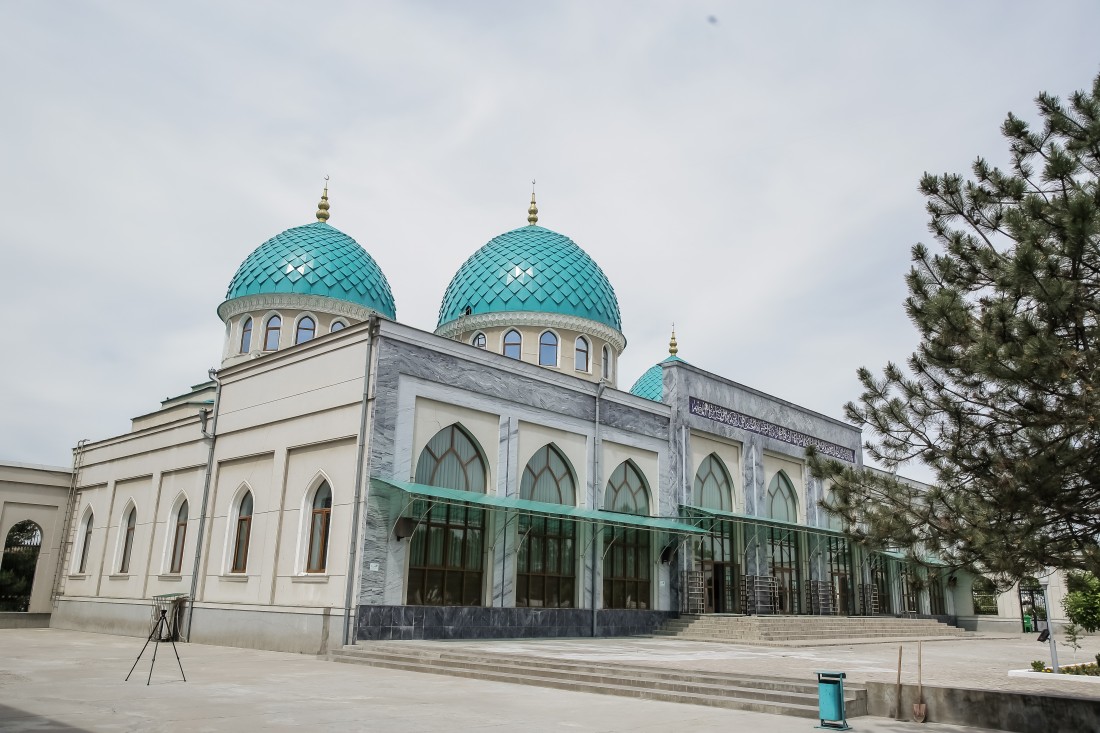Khoja Akhrar Vali Mosque in Tashkent
In 819, after the Arab conquest, the young emir Yahya ibn Asad received a permit to manage the lands of present-day Tashkent and the Tashkent region. While inspecting the territory of the city, the emir stopped on his horse with his subordinates at a hill, which is still clearly visible in the area of the "old town" of Chorsu. "A new city will be built here – Shashkent – the northern outpost of Transoxiana," Yahya said.
Many centuries later, the city has noticeably transformed, but one of the main attractions is still the Khoja Ahrar Vali Mosque. The mosque has a rich history, which not every architectural monument can boast of. 
Khoja Akhrar Vali Mosque of the IX century the mosque was built in the shape of a cube (which symbolizes the sacred Kaaba) on a hill. As you know, Tashkent is built in a foothill area, which means in a zone of seismic activity. For this reason, numerous medieval monuments were destroyed and suffered from earthquakes. The mosque was no exception. In 1451, the mosque building on an ancient foundation was erected again thanks to the efforts of the famous sheikh of the Naqshbandi Sufi order – Ubaidullah Khoja Akhrar. In addition to the mosque, on his initiative, a one-story madrasah was also built, which, unfortunately, no longer exists.

Khoja Akhrar was born in the ancient mountain village of Bogustan (near the Charvak reservoir). The amazing village of Bogustan became the birthplace of twenty missionaries who visited here under the leadership of Sheikh Umar Vali, a descendant of the righteous Caliph Omar. On his mother's side, Ubaydullah was a relative of a particularly revered Sufi from Tashkent, Sheikhantaur, which means Ubaydullah belonged to the descendants of the Prophet Muhammad.
From early childhood, the young man showed a developed mind and a genuine interest in worship. He actively participated in the zikras of wandering dervishes. Surprisingly, soon the young man decided to go on foot himself with a staff in his hand through the territory of Transoxiana. During his visit to Tashkent, Ubaidullah was already a well-known sheikh.
In the XVIII century, the Akhrar Vali mosque was restored under the leadership of the ruler of the Tashkent state Yunus Khoja. But already in 1868, the building was seriously damaged due to a strong earthquake. For almost 20 years the cathedral mosque was in a dilapidated state and only in 1888 the cathedral was rebuilt at the expense of the Russian Emperor Alexander III.
In 1997 and 2003, the mosque was rebuilt again, but with the use of modern restoration methods. Now this beautiful building with three domes makes up a large architectural ensemble and is one of the largest cathedral mosques in Uzbekistan. Not far from it, you can see the ancient Kukeldash madrasah, which in tandem with the Juma mosque form the unique look of Tashkent.
Online tour
Leave a comment
By logging in, you agree to the processing personal data
See also
Workhours: 9:00-18:00, Mn-Fr
For any questions
Uzbekistan


 UZB
UZB RUS
RUS JPN
JPN ARA
ARA FRA
FRA CN
CN DE
DE POR
POR ESP
ESP TUR
TUR ITA
ITA HIN
HIN MAL
MAL





A comment